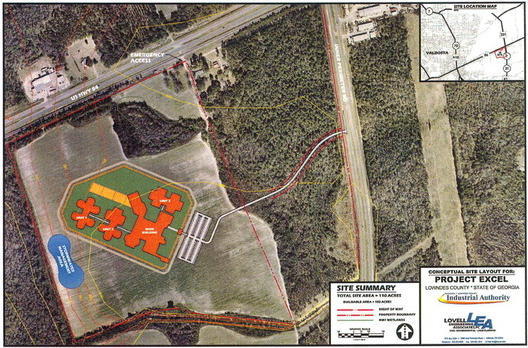 The Valdosta-Lowndes County Zoning Board of Appeals (ZBOA)
had a somewhat unusual case to start out its March meeting,
of someone wanting to revert to a previous zoning after the County Commission
had approved a rezoning.
The owner wants to do a development, but doesn’t have the resources in this economy,
so wants to go back to agricultural zoning to make a little money while waiting.
It was complicated, with issues of wetlands, costs,
advice by county staff, and small business employment. Watch and see!
The Valdosta-Lowndes County Zoning Board of Appeals (ZBOA)
had a somewhat unusual case to start out its March meeting,
of someone wanting to revert to a previous zoning after the County Commission
had approved a rezoning.
The owner wants to do a development, but doesn’t have the resources in this economy,
so wants to go back to agricultural zoning to make a little money while waiting.
It was complicated, with issues of wetlands, costs,
advice by county staff, and small business employment. Watch and see!
|
View Larger Map |
Both of these cases were numbered 2012-01 (one from the county and one from the city). How can they be numbered 01? If I understand correctly, these were the first cases ZBOA has received this year, and this was the first ZBOA meeting this year. That could be an indication of the state of the local economy.
ZBOA mostly considers Continue reading













